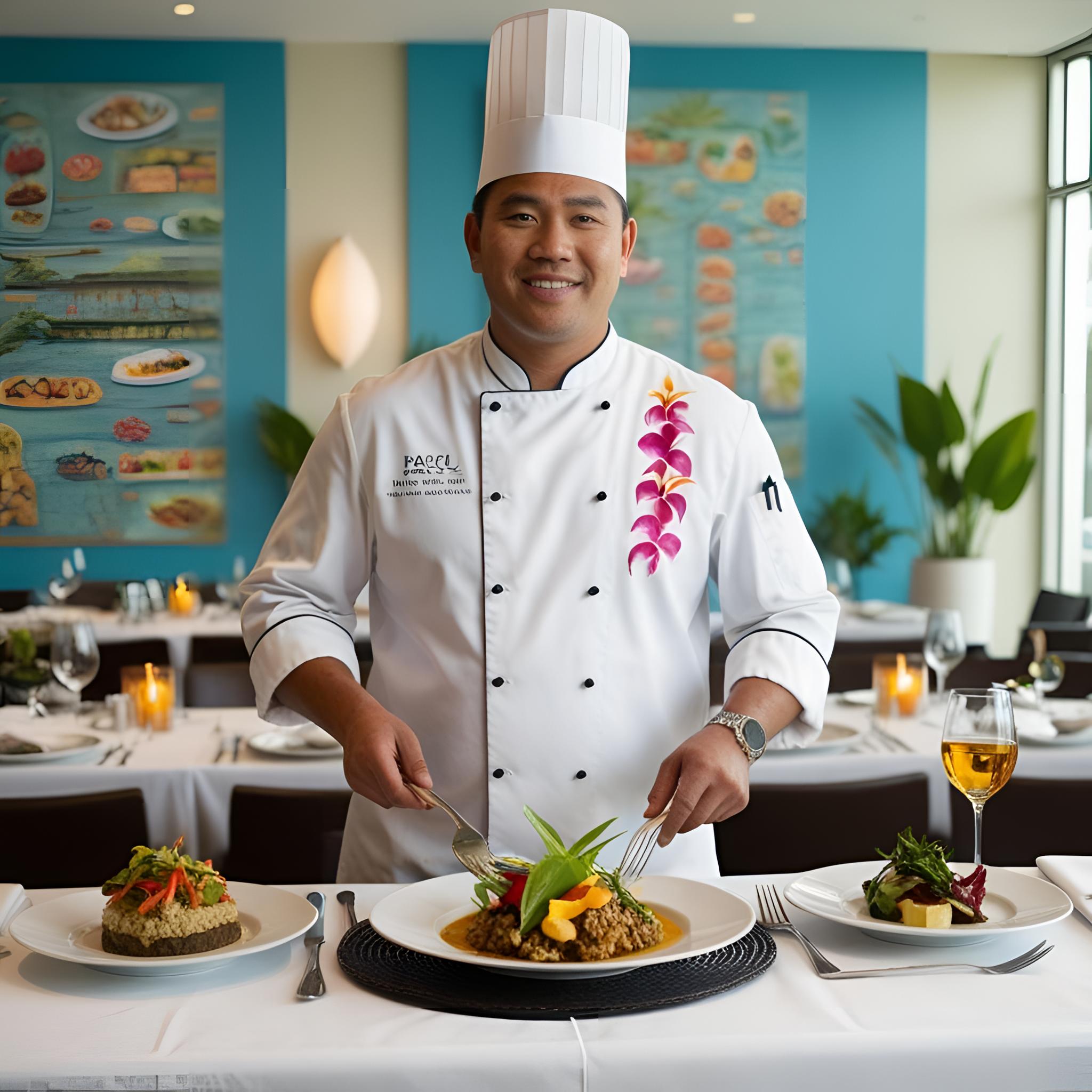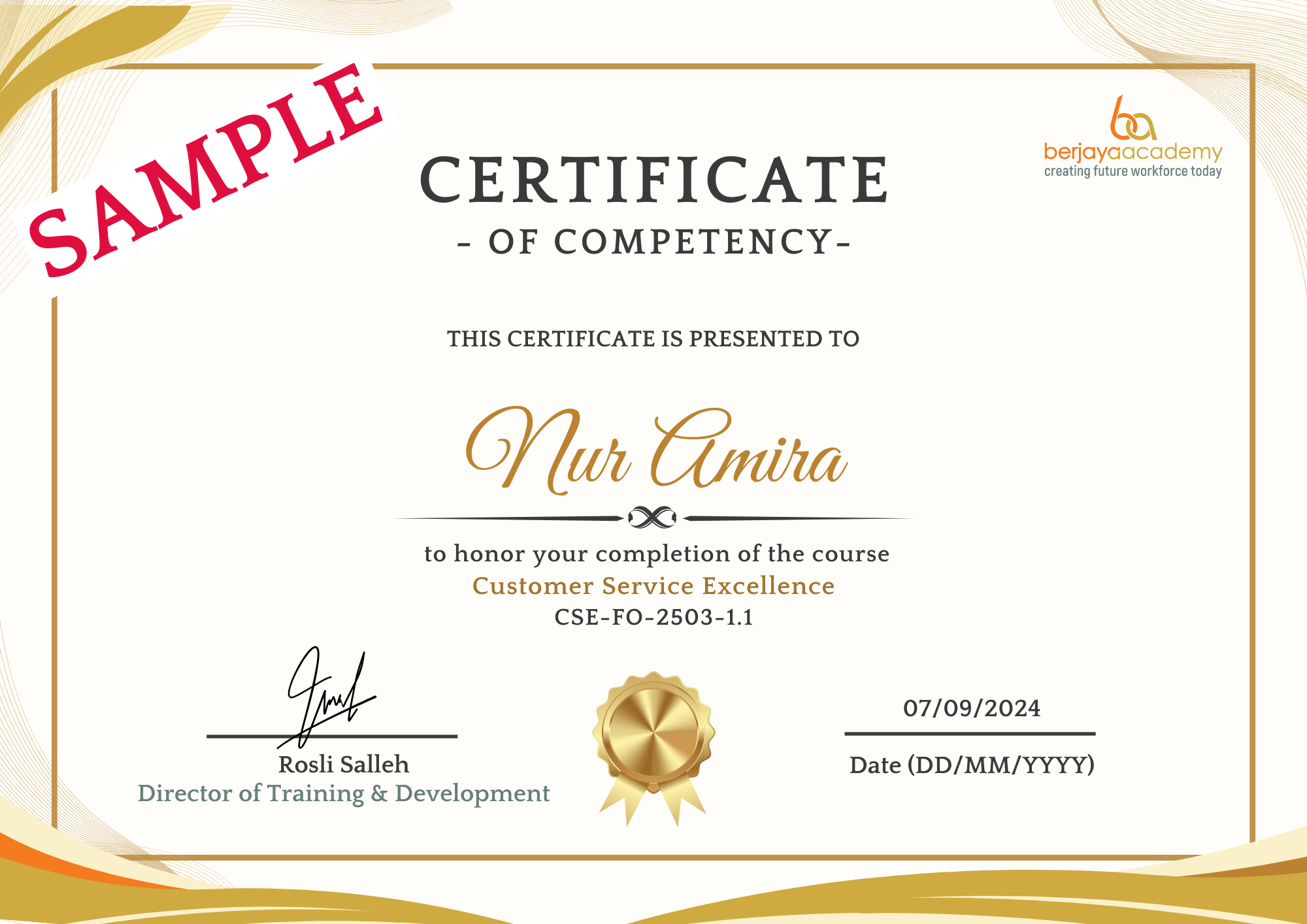
Course Details
Course Title: Cultural Sensitivity in Cuisine
Course Code: CSC-KS-2503-1.1
Course Accreditation
Accreditation Type: Certificate of Competency
Course Duration
Total Course Hours: 8 hours (1 day)
Course Fee
Total Course Fee: S$180/pax
Funding Available (If Applicable):
- Training Industry Professionals in Tourism (TIP-iT)
- NTUC Company Training Committee (CTC) Grant
Summary
Topics:
- Adapting menus to cultural and regional preferences.
- Adapting menus to cultural and regional preferences.
- Understanding international cuisine basics.
- Serving guests with specific dietary customs (e.g., halal, vegetarian).


Learning Objectives for Cultural Sensitivity in Cuisine
By the end of this course, participants will be able to:
- Adapt menus to suit cultural and regional preferences, taking into account various dietary habits and traditions.
- Understand the fundamentals of international cuisines, including key ingredients, cooking techniques, and flavor profiles from different cultures.
- Serve guests with specific dietary customs, ensuring compliance with dietary restrictions such as halal, vegetarian, gluten-free, and others, while maintaining the integrity and taste of the dish.
Learning Units for Cultural Sensitivity in Cuisine
Unit 1: Adapting Menus to Cultural and Regional Preferences
- Objective: Develop the ability to adapt menus to meet the cultural and regional preferences of diverse customer groups.
- Content:
- The impact of cultural beliefs, values, and traditions on food choices.
- How to modify menu items for different cultures and regional tastes (e.g., adjusting spices, ingredients, or preparation methods).
- The importance of researching cultural norms and preferences when designing a menu.
- Case studies of menu adaptations for specific cultures.
Unit 2: Understanding International Cuisine Basics
- Objective: Gain foundational knowledge of international cuisines, including essential ingredients, cooking techniques, and presentation styles.
- Content:
- Introduction to international cuisines such as Italian, French, Chinese, Indian, Mexican, and Middle Eastern.
- Common ingredients and cooking techniques used in each cuisine (e.g., pasta making, stir-frying, baking).
- The role of spices, herbs, and flavors in shaping the culinary identity of various cultures.
- Presentation styles and dining etiquette specific to different cuisines.
Unit 3: Serving Guests with Specific Dietary Customs
- Objective: Learn to serve guests with specific dietary customs by understanding their needs and providing suitable options.
- Content:
- Overview of dietary customs such as halal, kosher, vegetarian, vegan, gluten-free, and lactose-free.
- How to accommodate guests with dietary restrictions without compromising flavor or presentation.
- The importance of clear communication and labeling when serving guests with special dietary needs.
- Case examples: handling dietary requests in a real-world kitchen setting.
